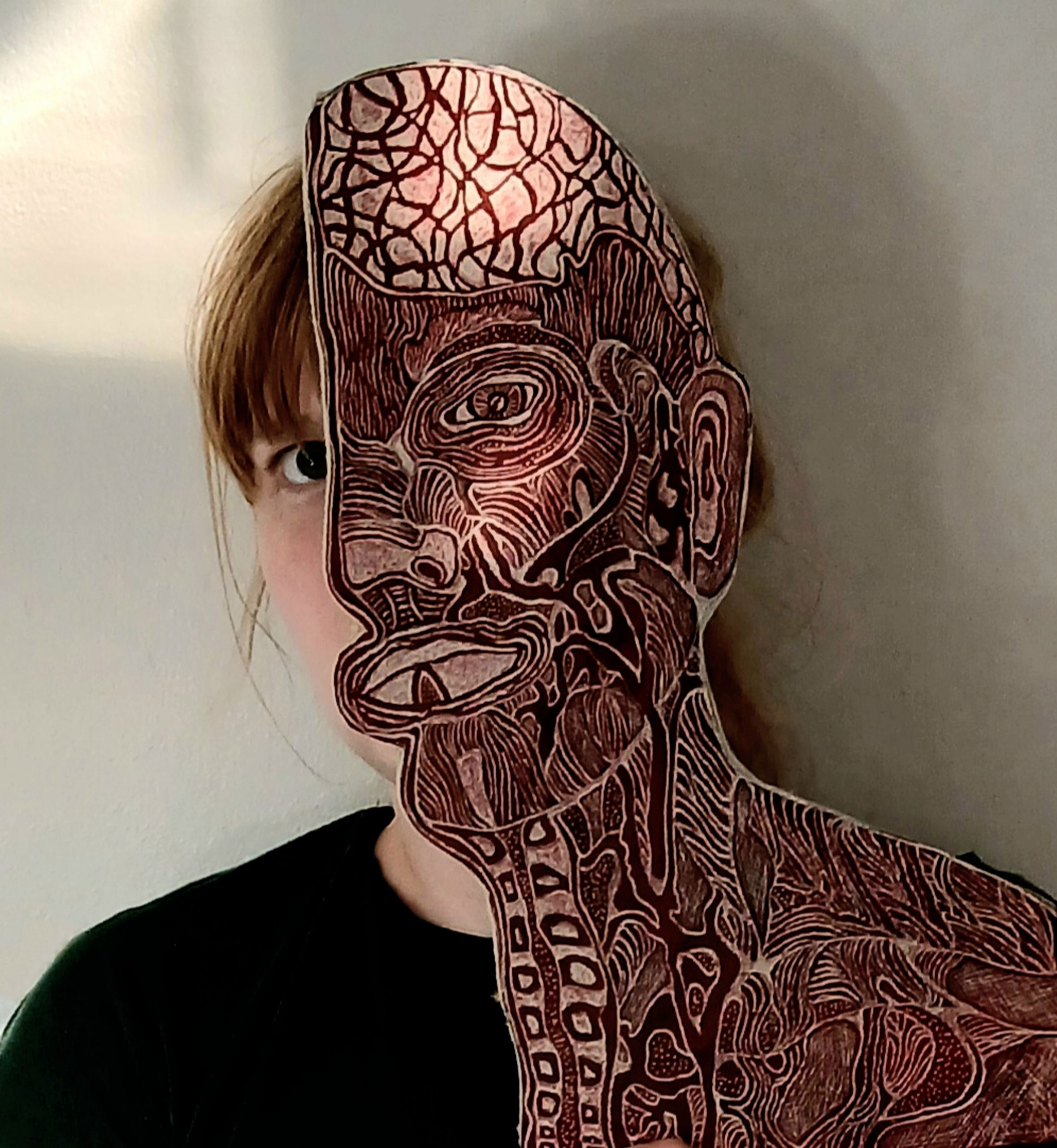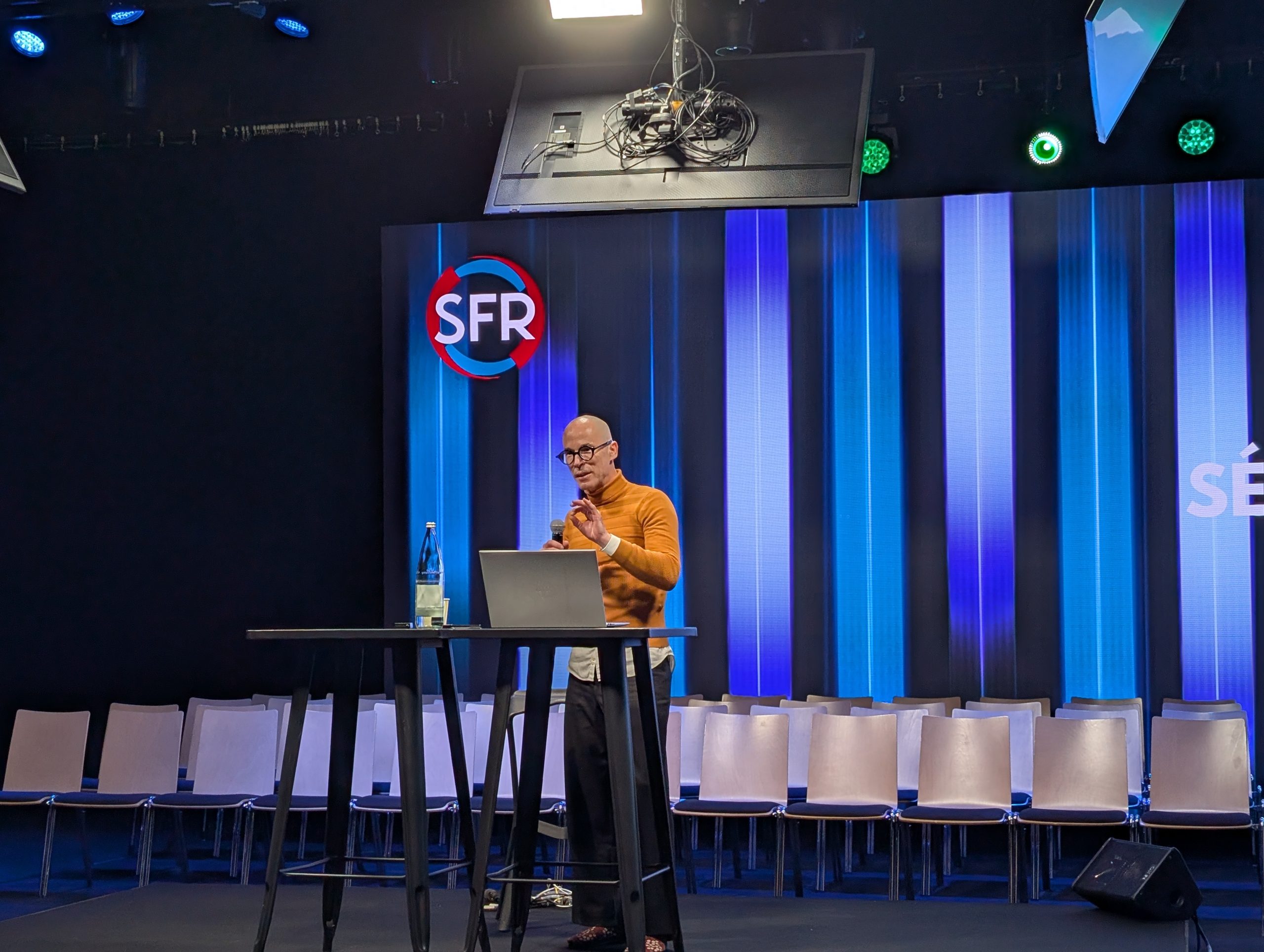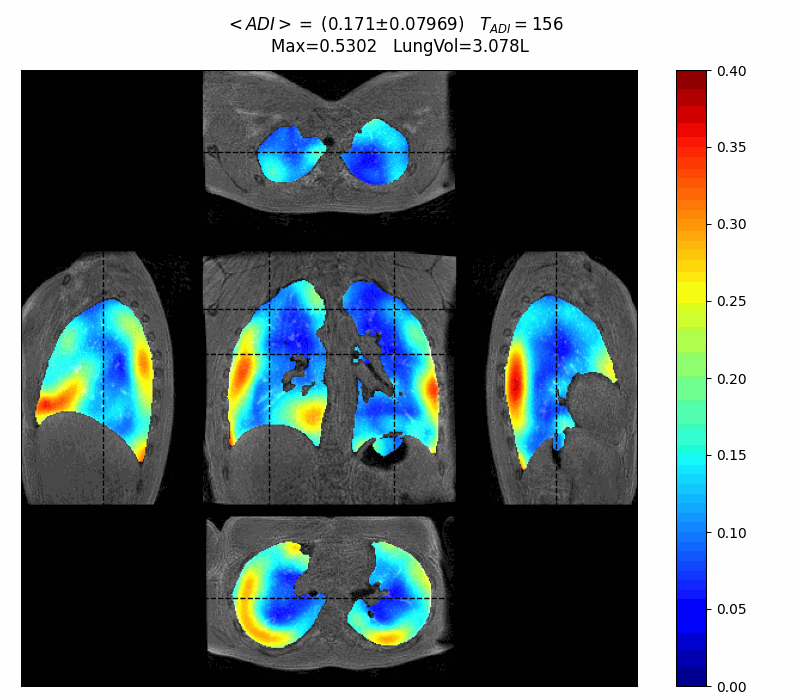
Over the past few months, the V|LF-Spiro3D project has achieved significant milestones across various Work Packages. From advancing data collection and launching new recruitments to submitting key scientific contributions, the project continues to make strides in understanding and visualizing breathing dynamics.
WP1
The ADVANCER study protocol in children, including p-ast-Spiro3D, p-cf-Spiro3D, p-bpd-Spiro3D, was approved on October 31, 2024, by the Medical Ethics Review Committee after addressing revisions. Collaboration agreements and data transfer arrangements are being finalized between Erasmus MC and Tilburg University. Key progress includes optimizing theSpiro3D MRI sequence at Erasmus MC, reducing scan time to 7 minutes while maintaining high resolution, and refining Photon-Counting CT (PCCT) protocols for pediatric patients. Patient recruitment is set to begin in Q1 2025, marking a major step forward in advancing imaging for pediatric respiratory diseases.
The original study g-Spiro3D was achieved and solid results on the repeatability, the reproducibility, and the sensitivity of 3D MR spirometry are being submitted for publication. A first prototype of a compact version of the MR-compatible spirometer was recently tested on board at La Pitié-Salpêtrière Hospital with a healthy volunteer. The gb-Spiro3D was successfully amended twice to integrate the four study protocols in 240 adult volunteers to be carried out at standard field: a-gb-Spiro3D and a-ast-Spiro3D at Bicêtre Hospital and Service Hospitalier Frédéric Joliot (Université Paris-Saclay), a-copd-Spiro3D at La Pitié-Salpêtrière Hospital (APHP) , and a-bos-Spiro3D at Foch Hospital.
WP2
In WP2, a collaborative encoding environment was developed to streamline both development and production workflows, allowing flexible reconstruction and processing with multiple parameter options, particularly for registration. Segmentation can now be applied to each extracted respiratory phase. A generic mean ventilatory dynamic was established based on the healthy population from g-Spiro3D. Additionally, poroelastic modeling was successfully applied to two respiratory phases (start and end of inspiration), while elongation studies provided insights into ventilatory modes (free, thoracic, and diaphragmatic breathing). These analyses also identified expiratory regions during the inspiratory phase, offering a deeper understanding of breathing dynamics.
WP3
The AMT Center has further progressed on the commissioning of the low-field whole-body MRI scanner that will be used for lung imaging. The ethics protocol for VLF imaging has been submitted and the first images with Koosh ball trajectories have been obtained as proof of concept. More effort will now be put into software development for both the sequence optimization and improvement of image reconstruction pipelines. In parallel, the joint NMR Service and AMT Center effort on low-noise preamplifiers is very fruitful and multiple prototypes are being tested in NMR conditions. A Siemens Magnetom Free-Max 0.55 T is due to be installed at the University of Paris-Saclay in early 2025, while a 10 mT prototype is being installed under the supervision of Claude Fermon of SPEC.
 Main coil system for 10 mT
Main coil system for 10 mT
WP4
The WP4 team has made significant progress. In Paris, six semi-structured interviews were conducted and transcribed, with analysis now underway. Volunteers are completing the final questionnaire while participating in spirometry and MRI procedures. An abstract on volunteer experiences in MRI machines has been submitted to the SFRMBM conference in St. Malo. A conceptual paper on visualizations of breath in medicine, arts, and anthropology is being drafted.
In parallel, WP4 continued testing of standard and thermal cameras to remotely capture the heart and respiratory rhythms of passers-by or visitors. The three-dimensional display of dynamic lung volumes was also tested in a mirror-like setup.

3D lung dynamics rendered in real time onto the onlooker’s shadow
WP5
The first consortium meeting, held in Paris, was a great success and laid a solid foundation for future collaboration. In addition, the first periodic report received positive feedback from the EU, reflecting the consortium’s commitment and progress.
The team has now begun to formulate initial hypotheses for the exploitation strategy, paving the way for impactful outcomes. On the dissemination front, the project has been represented at numerous conferences, where initial results have been shared with the scientific community. A monthly multidisciplinary seminar has also been established to foster ongoing collaboration and knowledge exchange. In terms of communication, the project’s social media presence remains robust, reaching approximately 15,000 people and generating 5,000 interactions since the project’s inception. This consistent engagement underscores the growing interest and visibility of V|LF-Spiro3D, whose website has been visited by over 50 countries.

Team updates
Quentin Herszkowicz has started a joint PhD at Siemens and UPSaclay on air and blood flow computational fluid dynamics and biomechanical modelling together with Felipe Alvarez-Barrientos, a new PhD student at IPP. UPSaclay has welcomed two interns: Paul Quique and Damien Vaurs. Irene Groenevelt joined Tilburg as a post-doctoral researcher working on social studies (WP4). Nicholas Senn joined the AMT Center as a post-doctoral researcher to work on developing 3D MR spirometry at field strengths of 0.1 T and below.













